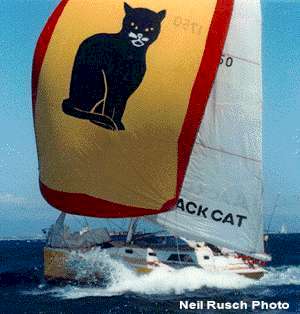|
Read about our experiences on a Didi 38 in the MTN Cape to Rio 2000 Race. It was rather different from what all competitors expected. Click here |
Affordable Performance This one was for me! For the first time in my professional design career I was the client. I drew her to be the type of boat that I enjoy - light, responsive, fast and fun. |
MENU Home Overview Designs Materials Articles Testimonials PRICES & ORDERS LINKS Boat Sites Communities General |








